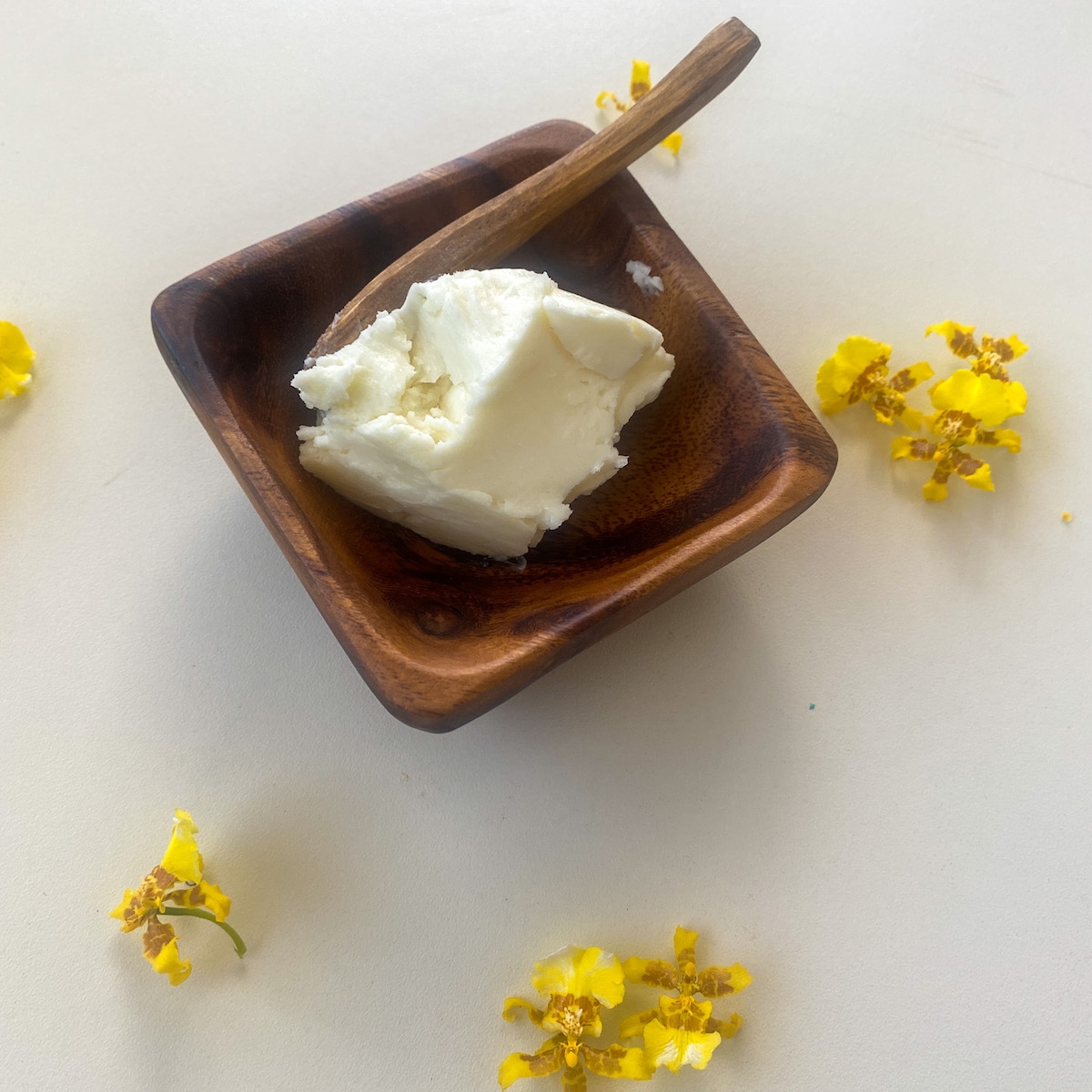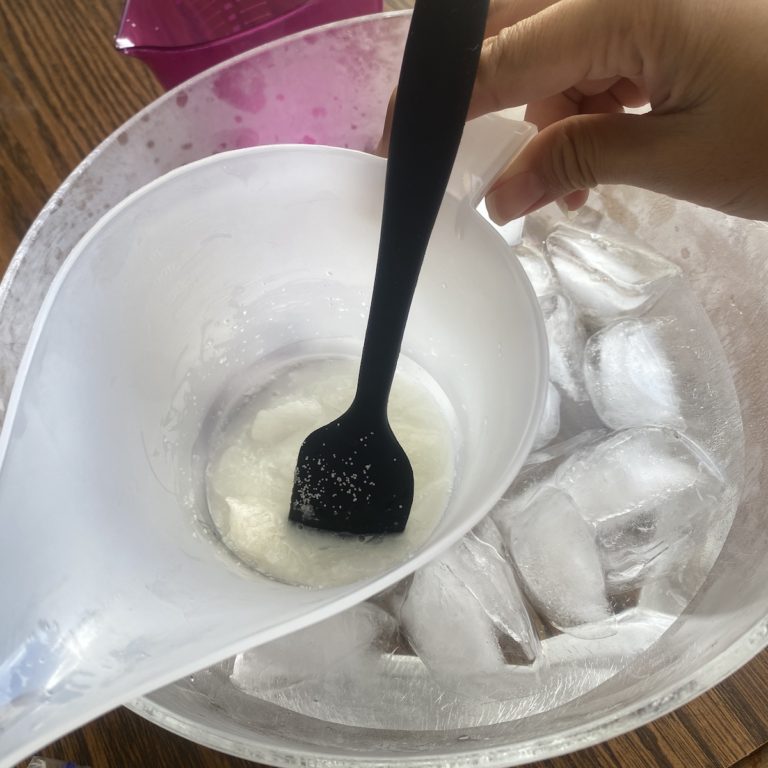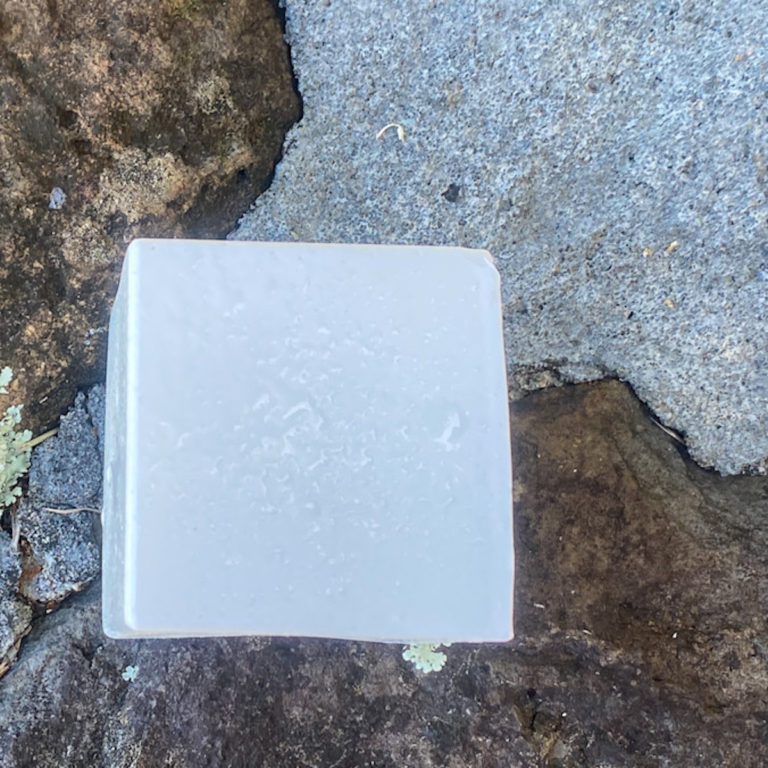How To Bleach Palm Oil For Soap Making – The Only Process You’ll Need
You want to create soap by yourself, and you decided you’ll use palm oil as one of your base oils. So, you asked around and did some digging, and you realized you’d need to bleach palm oil for soap making. You’re unsure on how to proceed with this, so you turn to Google for help.
To bleach palm oil for soap making, utilize one of these three methods: hot air bleaching, adsorption bleaching, or chemical bleaching. Hot air bleaching is the simplest and easiest way to bleach soap, while adsorption and chemical bleaching would require ingredients you may not have on hand.
This article will tell you how to bleach palm oil to create soap. Likewise, it will also discuss why people use palm oil for soap making, why people bleach palm oil, and the difference between palm oil and RBD palm oil.
Why Use Palm Oil in Making Soap

Soap manufacturers prefer palm oil because of its affordability and versatility. You can get it anywhere at a low price, so you don’t need to scour different stores for your soap making ingredients. Likewise, palm oil is versatile enough to over moderate conditioning and cleansing properties alongside a stable and rigid bar.
With palm oil as one of your base oils for soap, you will produce soap that resists melting and lasts long. Besides that, your soap will also possess a stable and creamy lather, which is perfect for everyday use.
However, note that using too much palm oil on your soap can give it skin-drying properties. Hence, aim to utilize no more than 50% of palm oil in your soap mixture. Likewise, remember that palm oil comes in unrefined and refined forms.
Refined forms produce white soap bars, while unrefined forms produce a colored soap bar. Unrefined palm oil creates soap bars with yellow and orange shades, so it must always go through bleaching if you wish for white or different-colored bars.
Why Bleach Palm Oil
As mentioned earlier, one of the reasons to bleach palm oil is to get rid of its natural shade. Palm oil contains a considerable amount of carotene within it when unrefined, and that substance is responsible for palm oil’s yellow to orange color. When you decolorize palm oil, you’re eliminating its carotenes through heat.
Besides color preference as the reason for bleaching palm oil, you may also bleach palm oil to get rid of its fats’ impurities and possibly potent odors. At times, unrefined palm oil may possess large amounts of impurities that may interfere with your soap making process and product, so it’s best to bleach it. Similarly, it may come with strong odors that you happen to dislike. Some people don’t mind the scent, which a few described as “peppery,” but others might.
You can bleach palm oil in three ways: by oxidation using hot air, by adsorption using unique muds, or by utilizing strong oxide chemicals.
If you choose to use hot air, you can boil the palm oil for five to six hours. Meanwhile, opting for adsorption bleaching requires you to boil the oil with adsorbent muds or activated charcoal for 15 to 20 minutes. Lastly, using chemicals to bleach palm oil utilizes potassium bichromate and a strong mineral acid.
We will focus on how to bleach palm oil for soap making using hot air and talk about the other two methods but not extensively. We will mention the two methods’ ingredients and show you where to get them but not how to proceed with them.
Palm Oil and RBD Palm Oil
As discussed earlier, palm oil comes in two forms: unrefined and refined palm oil. If you’re into soap making, it’s highly likely that you came across the term RBD when shopping for palm oil. If you’re trying to figure out how to bleach palm oil, you may already know what it is. However, if you’re still confused, read this section to see the difference between palm oil and RBD palm oil.
Palm oil often comes as it is: unrefined, which means its natural impurities, odors, and minerals still stick to it. Meanwhile, RBD palm oil means the palm oil was refined, bleached, and deodorized. This means if you buy the typically-labeled palm oils without “RBD” on its name, you’ll likely get unrefined palm oil, which will stain your soap yellow or orange.
On the other hand, when you opt for RBD palm oil, you’ll possess oil that finishes its refining, bleaching, and deodorizing process. This will make soap-making easier for you since you don’t need to bleach the palm oil before creating your soap. You can then focus on the other steps of the soap making process.
Oxidize Palm Oil With Hot Air
The simplest way to bleach palm oil for soap making is to oxidize it with hot air. To do this:
- Prepare a pot that can accommodate the oil. Opt for a simple stainless steel pot as much as possible. This lessens the chances of your non-stick pot’s coatings from peeling off.
- Ready yourself to watch over your boiling oil for hours. Bleaching palm oil using the simplest method requires you to allow it to boil for at least five hours. So, place everything you may need in the kitchen so you can watch over your burning pot.
- Ensure your kitchen has proper ventilation, and place towels next to you. Proper ventilation guarantees you’re less likely to cause a fire or fill your house with smoke. Meanwhile, the towels are there to help you handle the pot and stove if a fire occurs.
- Place the palm oil into your dry pot. Remember, bleaching the oil will take hours, so boil enough oil to lessen the chance of needing to bleach more later.
- Turn your stove to medium-low heat and wait for five to six hours. You should see that the palm oil is lighter in color by this point. If not, you will need to let it boil for a longer period.
- Check for coloration. To do this, grab a piece of paper and dip it into your oil. If your paper comes up without any coloring stuck to it, you’re done bleaching.
Other methods to bleach palm oil include adsorption bleaching and chemical bleaching. Both processes are a bit more complicated than oxidizing the palm oil to bleach it, so they’re generally not recommended bleaching methods for hobbyist soap makers.
Absorption Bleaching
Adsorption bleaching requires ingredients such as bentonite or montmorillonite clays to act as adsorptive muds and even activated charcoal if needed. If you want to proceed with this method but are unsure of where to obtain the needed materials, visit Amazon. You’ll find ingredients such as SaaQin Bentonite Clay, Bare Essentials Kaolin White Clay, and Zen Charcoal Activated Charcoal.
Chemical Bleaching
Meanwhile, chemical bleaching of palm oil requires 1 to 2% potassium bichromate and strong mineral acids like sulfuric acid or diluted hydrochloric acid. You also need to ensure your mixture doesn’t reach a temperature higher than 52°C (125.6°F). You can find PCSLLC Potassium Bichromate, Innovating Science Sulfuric Acid, and Innovating Science Hydrochloric Acid on Amazon.
Final Thoughts
You can utilize one of three methods to bleach palm oil for soap making: hot air bleaching, adsorption bleaching, or chemical bleaching. Using hot air to bleach palm oil is the most uncomplicated method since it only requires the oil, your pot, and hours of heating.
Meanwhile, the other two methods need some ingredients you may not possess on hand. However, their advantage is that they employ a shorter preparation time.
Sources
- Chest of Books: The Art of Soap-Making. Part 4
- Soap Queen: Free Beginner’s Guide to Soapmaking – Cold Process
- Martha Stewart: Cold Process Soap – An Expert Guide to Making it at Home
- Soap Making Magazine: Thoughts on “Palm Oil Substitutes for Cold Process Soap”
- Soap Making Resource: Palm Oil Soap Making
- Humanity Development Library: How To Make an Improved Soap
- Soap Making Forum: Palm Oil and Palm Oil RBD
- Kitchen Butterfly: How to bleach palm oil
- Soap Making Essentials: Palm Oil for Soap Making






